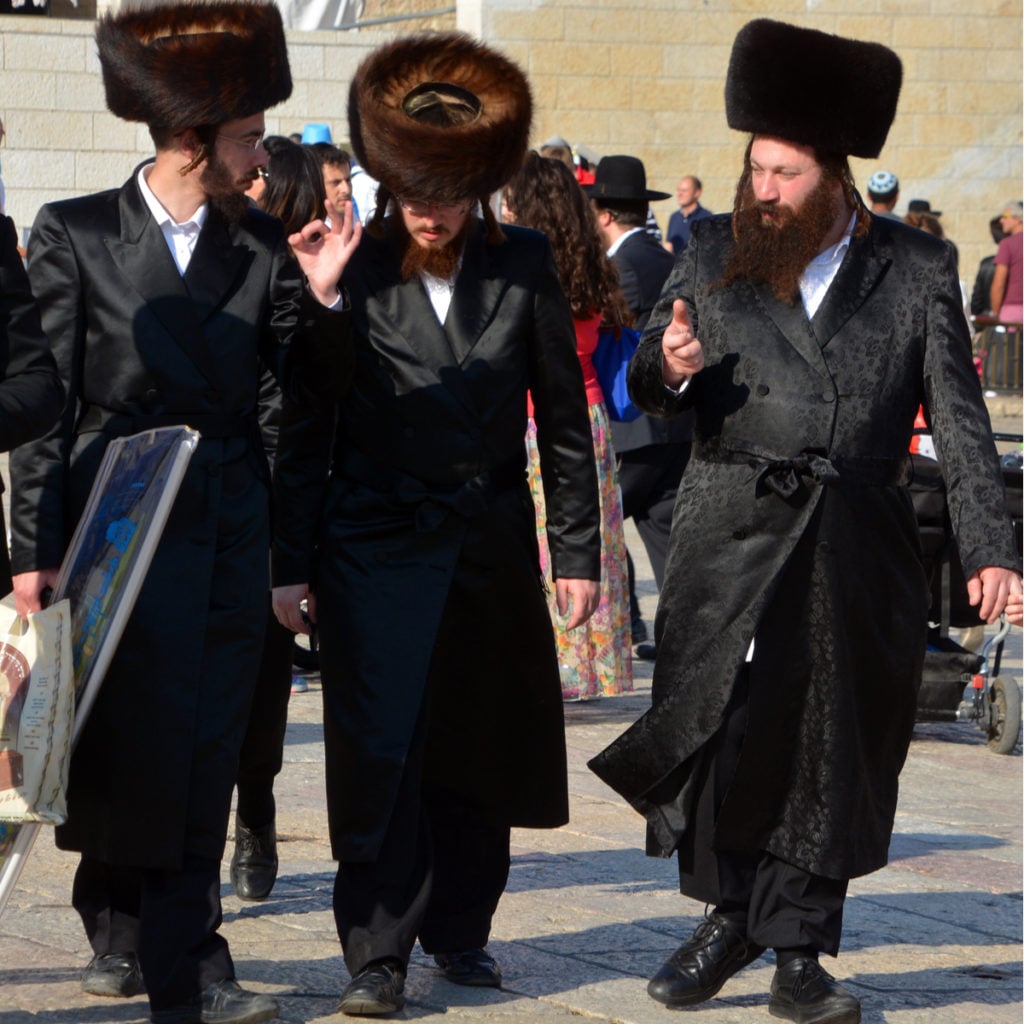Today is Chol Hamo’ed Sukkot – the intermediate days between the first and the last days of the holiday of Sukkot. These days are not quite holidays, but they are not ordinary days either. They are a strange hybrid or a mixture of a holiday and mundane days. In physics, we have a word for that – the state of superposition. I’ve written about it in my article Pesach Sheini – in a State of Superposition. Not to repeat myself, I refer the reader to that article for background information.
In short, in physics, we speak of states of the system. Say, one state of a dreidel may be spinning clockwise. Another state would be spinning counterclockwise. These are pure states. In quantum mechanics, a system could be in a mixed state. Say, an electron can have its spin up and down at the same time, which would be equivalent to the top spinning clockwise and counterclockwise simultaneously. In such cases, we say that the electron is in a state of superposition of two states – spin up and spin down.
The very name, Chol Hamo’ed, betrays a mixed state – a state of superposition. The word chol refers to the mundane aspect of the day, as in yom chol – a mundane weekday, which is neither Shabbat nor a Yom Tov. Mo’ed, on the other hand, literally means “an appointed day” and refers to a day that is a festive day. How could a day be both a festive day and a mundane day? In quantum mechanics it is possible. As it turns out, in Judaism, it is possible too. To borrow this word from quantum mechanics, perhaps, we can say metaphorically that the days of chol hamo’ed are in a state of superposition of two states – chol and mo’ed.
In physics, a system can be in a state of superposition only so long as it is not measured or observed. Upon the observation, the system collapses in one of the possible states. For example, consider again the electron that is in a state of superposition of having its spin up and down. If we measure the spin of the electron, we will find it either in up or down position, but not in both.
Similarly, although the chol hamo’ed days are in a state of “superposition” of being holy and mundane, in practice, we collapse the “wavefunction” of these days into one state or the other. Those, who consider these days more mundane than festive (aside from reciting special holiday prayers, Hallel and Musaf) go to work, wear their usual attire, and men don tefillin (phylacteries, which is only done on weekdays, never on Shabbat or Yom Tov). Others, such as Chassidim, who consider these days more as holidays, don’t work, wear festive clothing, and do not don tefillin as on Yom Tov. Thus you will see on these days Chassidic men wearing shtreimal (a fur hat that is traditionally worn by many Chassidic men on Shabbat and Yom Tov) and silk coats. These days are what you make of them – they could be more or less festive depending on how we treat them. As always, it is in the eyes of the beholder.
Mo’adim l’simcha!

Thank you That just gave me understanding to something I was seeing and did not have the language for
Blessings
Very interesting and useful explanation!
It seems to me that the superposition state represents the blessing and curse option presented by Moses in Deuteronomy 11.26 (“Behold, I set before you this day a blessing and a curse;”) whereas the collapsed system in one of the possible states that occurs when men uses his free will to choose one of them.
Shalom!
Taka Shayich